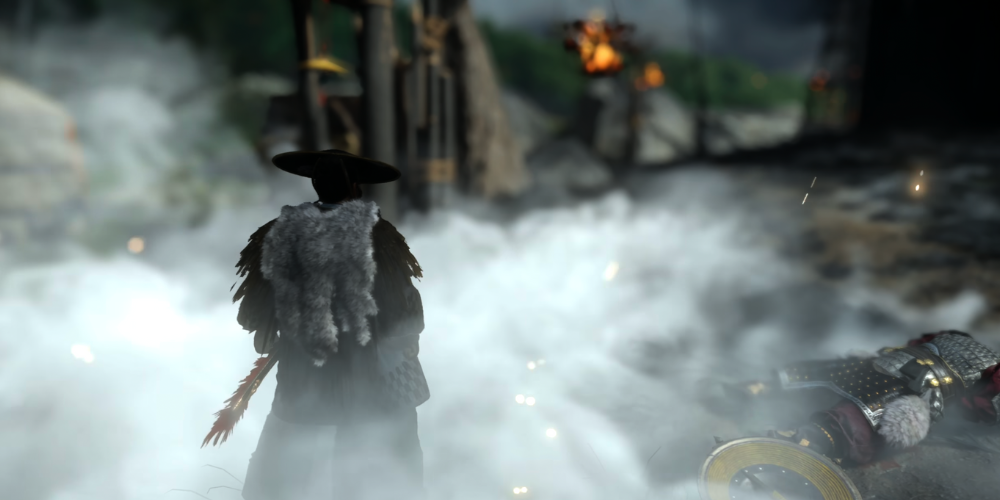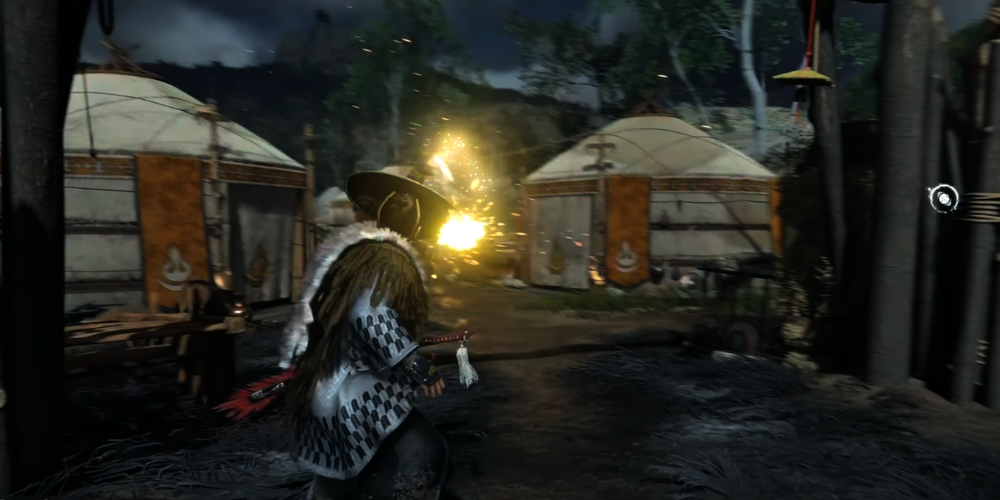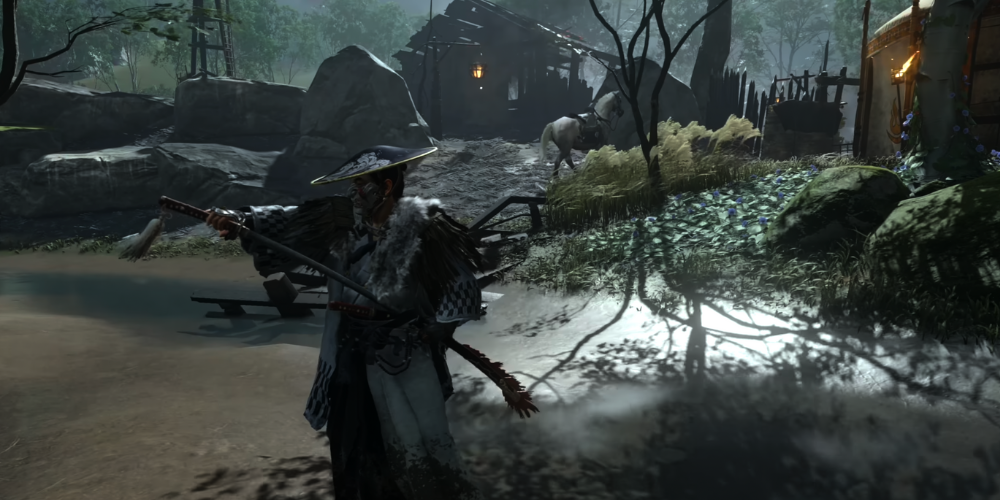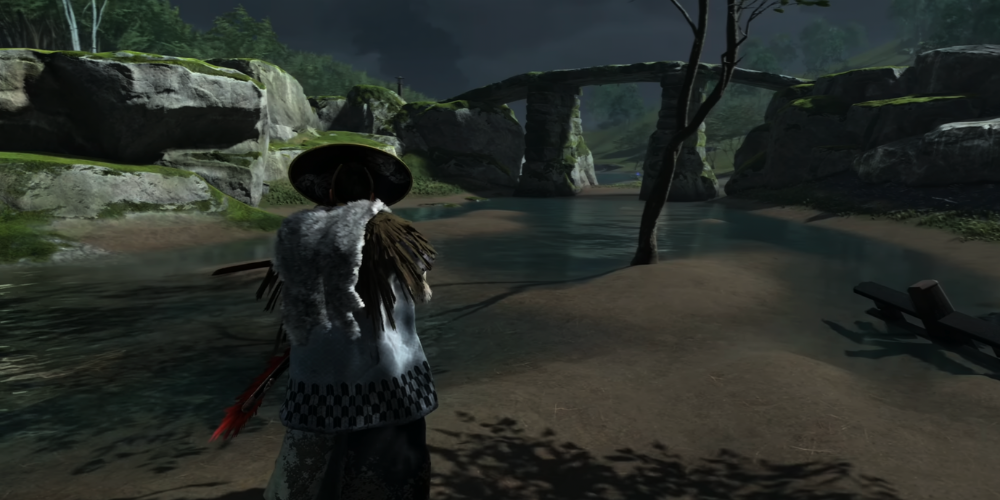Ghost of Tsushima: Exploring the Art of Samurai Combat

Ghost of Tsushima, developed by Sucker Punch Productions, offers players a deeply immersive experience into the life of a samurai warrior amidst the turmoil of Mongol invasion. The game is not just a testament to graphical beauty and storytelling but stands out for its elaborate and respectful depiction of samurai combat artistry. As Jin Sakai, the protagonist, players are thrust into the complex dynamics of honor, duty, and warfare, learning and mastering the ways of the samurai to protect Tsushima Island. This exploration digs into the intricate combat system, the influences of real-world samurai techniques, and the thematic elements that enrich the game's portrayal of samurai warfare.
The Foundation of Samurai Warfare
In Ghost of Tsushima, the foundation of samurai combat is deeply rooted in the history and tradition of Japanese warfare. The game developers spent considerable time researching the ethos and martial techniques of the samurai to create an experience that felt respectful. The Bushido code, followed by samurai, prioritized honor, respect, and loyalty. In the game, these principles are seamlessly integrated into the story, shaping how warriors approach battle.
The stances and techniques used by Jin throughout the game mirror the versatility and strategic depth of samurai swordsmanship. Players start with the basic Stone Stance, which is effective against swordsmen and can later unlock other stances that are specialized to be more effective against different types of enemies. This concept of adapting one's fighting style to the opponent's weaknesses is a direct reflection of the real-world martial philosophy that the best samurai were not only physically adept but also tactically versatile.
The Path of the Sword: Combat Mechanics

At the heart of Ghost of Tsushima’s gameplay is its combat mechanics, a beautifully choreographed dance of death that demands precision, timing, and strategic foresight. The game eschews the trend of button-mashing for victories, instead rewarding studied responses to enemies’ actions. Each encounter feels like a duel, an intimate confrontation where understanding the nuances of both your and your opponent’s moves is key to survival.
The ability to switch between different fighting stances on the fly—a feature inspired by classical samurai training—allows players to adapt to any combat situation. This versatility not only pays homage to the samurai's martial adaptability but also injects a layer of deep strategy into the gameplay. Deciphering the best stance and technique to overcome an enemy’s guard brings a cerebral element to the combat, elevating it beyond mere physical confrontation.
Additionally, the game introduces the concept of Resolve, a meter that fills as Jin lands attacks and deftly avoids damage. Resolve can be used to heal or execute special techniques, which are devastating moves that can turn the tide of battle. This mechanic encourages aggressive, skillful play and symbolizes the samurai's indomitable spirit, further immersing players in the role of a warrior bound by honor to stand firm against all odds.
The Ethos of Stealth and Strategy

While direct confrontation is a significant aspect of Jin’s journey, Ghost of Tsushima also emphasizes the tactical benefits of stealth and strategy. As the Mongol invasion overwhelms the island of Tsushima, Jin realizes the limitations of facing his enemies head-on and adopts the way of the Ghost—a path that necessitates cunning, stealth, and strategic assassinations. This dualistic approach to combat showcases the game's depth and the protagonist's internal struggle between upholding the samurai code and doing whatever it takes to protect his home.
The stealth mechanics in the game augment the direct combat, offering players an alternative method of engaging foes. Utilizing shadows, distractions, and silent takedowns allows Jin to thin enemy ranks or position himself advantageously for open combat. This flexibility in approach underlines the game's emphasis on player choice and the thematic narrative of sacrifice and adaptation in the face of overwhelming adversity.
Mastering the Blade: Advanced Techniques
As players progress, they will unlock advanced techniques that offer new dimensions to combat and gameplay. These techniques, including various special attacks, counters, and parries, require precision and timing but reward players with visually stunning and effective maneuvers. Learning and mastering these moves is crucial for taking on the game's more formidable adversaries, including the duels against other samurai, which are highlighted as some of the game's most memorable and challenging encounters.

Completing missions, exploring Tsushima, and honing Jin’s skills not only progresses the story but also deepens the player's connection to the samurai way of life. The advancement system encourages exploration and mastery, much like a samurai’s dedication to perfecting their martial prowess.
Conclusion: A Tribute to the Art of Samurai Warfare
Ghost of Tsushima stands as a tribute to the samurai, their combat techniques, and the guiding principles that shaped their lives. Through meticulous research and careful design, Sucker Punch Productions has created a game that not only entertains but educates and honors the legacy of these warriors. The combat system, with its depth, strategy, and attention to historical authenticity, immerses players in the role of a samurai. It challenges them to embody the virtues that define these legendary warriors: skill, tact, honor, and resilience.
In exploring the intricacies of samurai combat, Ghost of Tsushima does more than offer an engaging gameplay experience; it provides a window into the soul of the samurai. It evokes the spirit of Bushido and the essence of what it means to stand with honor in the face of overwhelming odds. For those who delve into its world, the game is a profound journey into the heart of the samurai, inviting players to live by the sword, strategize like a master tactician, and, above all, uphold the virtues that have immortalized these warriors throughout history.







